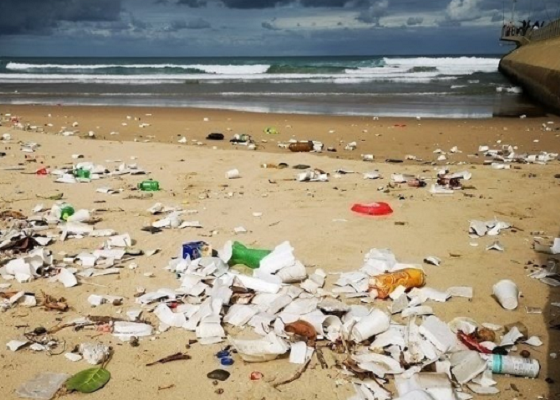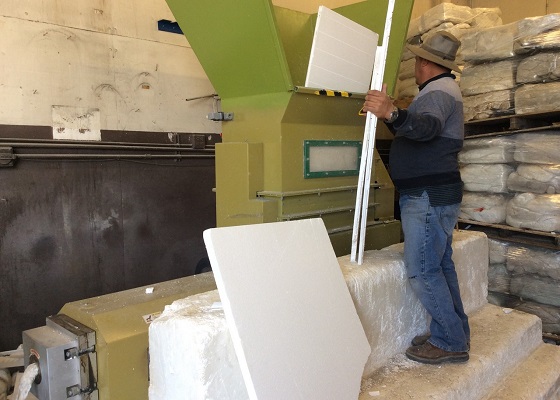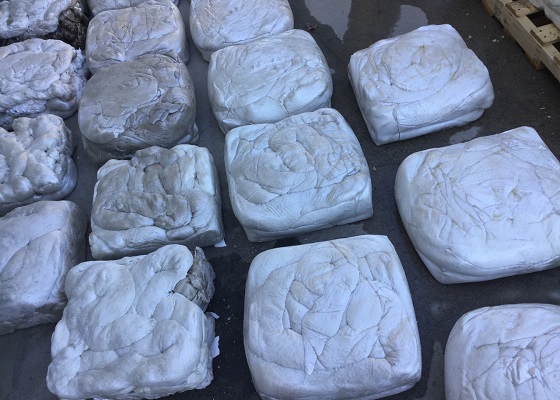Pew Charitable Trusts, International Environmental Director Simon Reddy said that although public awareness of environmental issues has increased in the past five years, the use of plastic packaging fees to reduce waste and prohibit use Efforts on certain plastic products have so far had little effect. The researchers said that unless more stringent measures are taken. These measures include improving waste collection and recycling more plastic waste.

Take No. 6 plastic as an example. No. 6 plastic, also called Styrofoam, is a kind of plastic with 98% air content. Before the plastic ban, Styrofoam container trash was common on the beach or in the sea, which is one of the sources of marine plastic pollution. The plastic ban is useful. The use of Styrofoam containers is significantly reduced, but it is not enough to prevent pollution.
If the probability of Styrofoam entering the ocean is almost zero, in addition to issuing a stricter plastic ban, Styrofoam recycling is an essential measure. A basic configuration of GREENMAX Styrofoam densifier M-C100 can recover 100kg of Styrofoam waste within one hour, and squeeze the air content in Styrofoam with a high compression ratio of 90:1. The compressed Styrofoam trash is similar to a solid brick, also known as Styrofoam ingot.

Some recycling activities are for public welfare, and recycling is not for public welfare. Styrofoam recycling is profitable. Recycled Styrofoam blocks, densified Styrofoam trash, greatly improve efficiency in transportation and storage, save recycling costs, and are convenient to sell to the end market for profit, such as photo frames, mirror frames, wood-like material manufacturers, etc. GREENMAX machine manufacturers also promised to purchase recycled polystyrene blocks.

To solve the problem of plastic pollution, the plastic ban is not enough, and Styrofoam recycling can play a greater role.